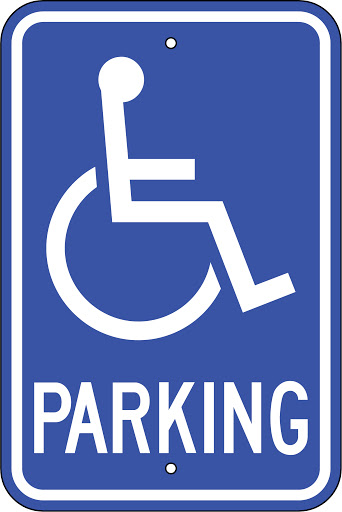Effective August 1, 2020, our Walk-Up Window will serve as an express window for members doing single transactions. No Shared Branch will be permitted at the Walk-Up. If you are needing to do a Shared Branch transaction, we will gladly assist you at one of our member service stations in the lobby.
The following transactions will be allowed at the Walk-Up:
- Deposit
- Withdrawal
- Cashing checks
- Cashier’s check
- Money Order
- Loan payment
- VISA payment
- Statement pickup
As we look to new ways of better servicing our members and community, we encourage members to utilize our remote services which include our mobile banking app, online banking, personal access line, and online bill pay! To learn more about our convenient banking options, please click here.
Until further notice, Hawaii Federal Credit Union has reserved the walk-up window operations on Monday – Friday from 9:00am – 10:00am to servicing the Kupuna and high-risk members to protect the group from potential exposure to COVID-19.
While we are committed to serving our community, we encourage the use of our alternative banking options that make it easy for you to do financial transactions from the convenience of your home, 24/7. To learn more about alternative banking, click here.
We appreciate your cooperation and understanding.

In the beginning of June, we have moved our two handicap stalls. When you drive into the Hawaii FCU parking garage, straight ahead you will see a handicap parking sign on the cement wall redirecting you to the left. On your left-hand side, the first two stalls painted in blue with the handicap parking sign are reserved for handicap parking only. Please use the white-striped access aisle when walking to the credit union.
Thank you for your cooperation!

What is identity theft?
Identity theft is when someone steals your personal information and uses it without your permission. The fraudster can steal personal information such as your Social Security number and use it to create a new account, make purchases, or commit other fraudulent activities.
Due to technology and the internet, your personal information is always at risk. If you are not carefully monitoring your accounts, you may not notice that you have been victimized until the damage is already done.
Where to detect an identity thief
Here are some of the most common ways identity thieves can get a hold of your data:
- Data Breaches: A data breach happens when someone gains access to an organization’s data without authorization.
- Unsecured Browsing: For the most part, you can browse the internet safely if you stick to well-known websites. But if you share any information on an unsecured website or a website that has been compromised by hackers, you could be putting your sensitive information at risk and in the hands of a thief.
- Credit Card Theft: If a thief can gain access to your credit card information, they can use it to make unauthorized purchases. Common ways credit card theft occurs are through a data breach, physical theft, credit card skimmers and via online merchants where card information is stored.
- Mail Theft: Bank and credit card statements and other sensitive personal information that you can send or receive through the postal system can be intercepted and used to gain access to your data. Be sure to shred any old mail that may contain personal information.
- Phishing and Spam Attacks: Scammers can use email, text messages, and other forms of electronic communication to steal sensitive information. For example, a bogus email made to look like it’s from a reliable source may include a link that directs you to a spoof website that looks just like the one it’s mimicking. It may ask you to input sensitive information. If something seems suspicious, it might be an attempt at identity theft.
If you feel you may be a victim of identity theft, contact your financial institution as soon as you notice fraudulent activity. Additional steps you can take to help ensure an identity thief isn’t continuing to use your identity would be to contact the companies where you know identity fraud occurred.
